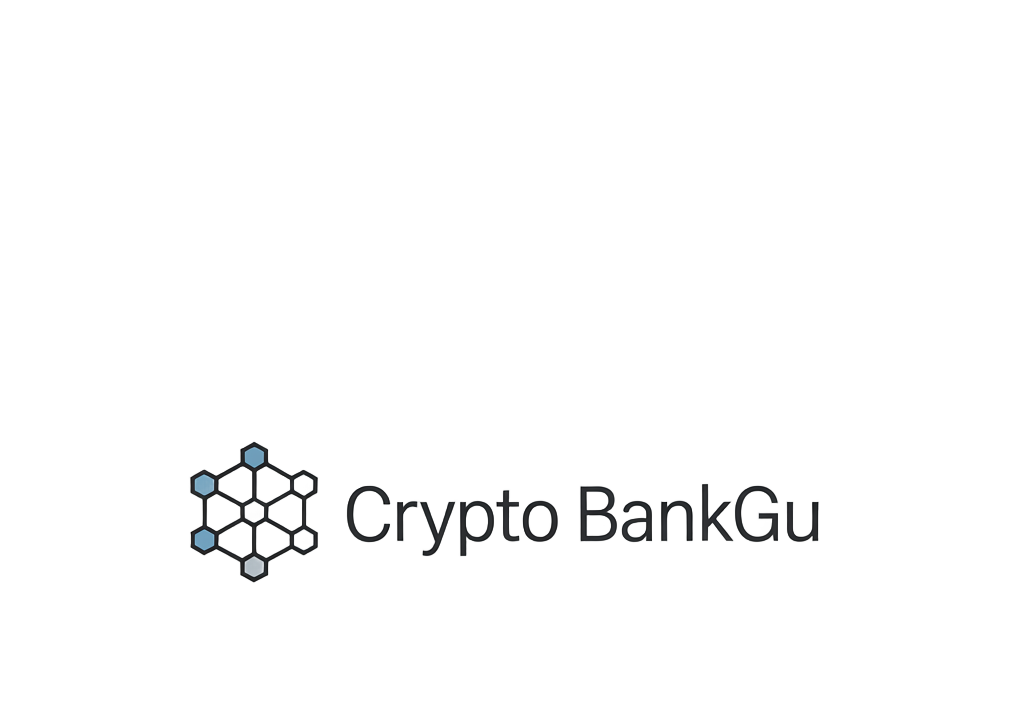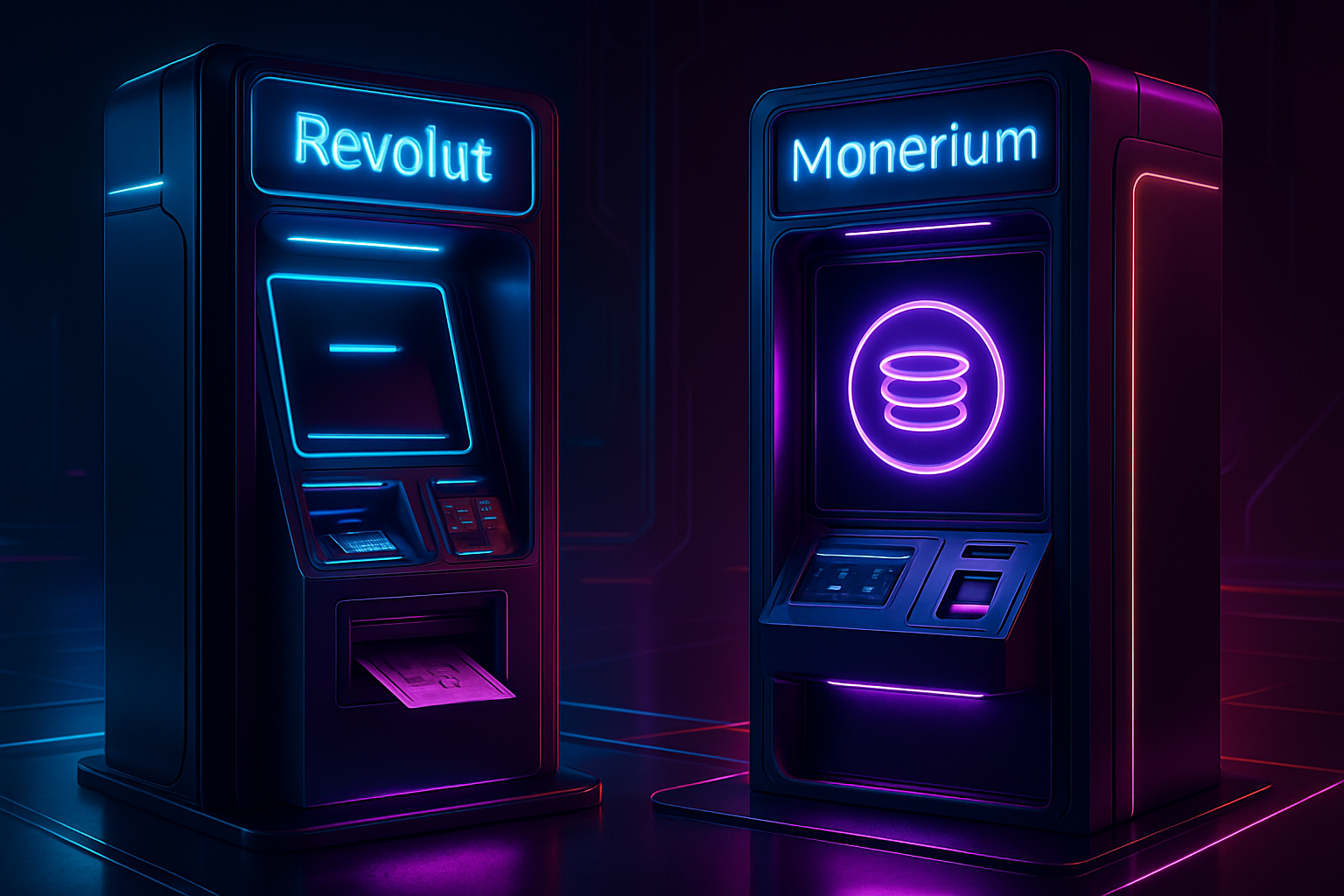
Stablecoin neobanks are rapidly becoming the connective tissue between decentralized finance (DeFi) and traditional banking, offering a new class of digital-first services that combine the instant, borderless nature of crypto with the regulatory and user experience strengths of modern fintech. In 2024, as stablecoins like USDC and USDT gain traction for real-world payments, these neobanks are not just facilitating faster transactions, they’re fundamentally reshaping how users interact with money on a global scale.

How Stablecoin Neobanks Are Redefining Banking
Unlike legacy banks or even most neobanks, stablecoin neobanks operate on blockchain rails, providing programmable money, real-time settlement, and transparent recordkeeping. The result is a system that is more resilient to shocks, offers lower fees, and makes financial inclusion possible for populations previously underserved by brick-and-mortar institutions. Two features in particular are propelling this sector into mainstream adoption:
Key Stablecoin Neobank Features & Providers in 2024
-

Instant Crypto-to-Fiat Conversion – Provider: RevolutRevolut offers seamless, real-time conversion between cryptocurrencies and fiat currencies within its app. Users can instantly swap stablecoins and major cryptocurrencies to local currencies for spending or withdrawals, bridging digital assets with everyday banking. This feature empowers global users to access and utilize crypto balances as easily as traditional money, all while benefiting from Revolut’s regulated, user-friendly platform.
-
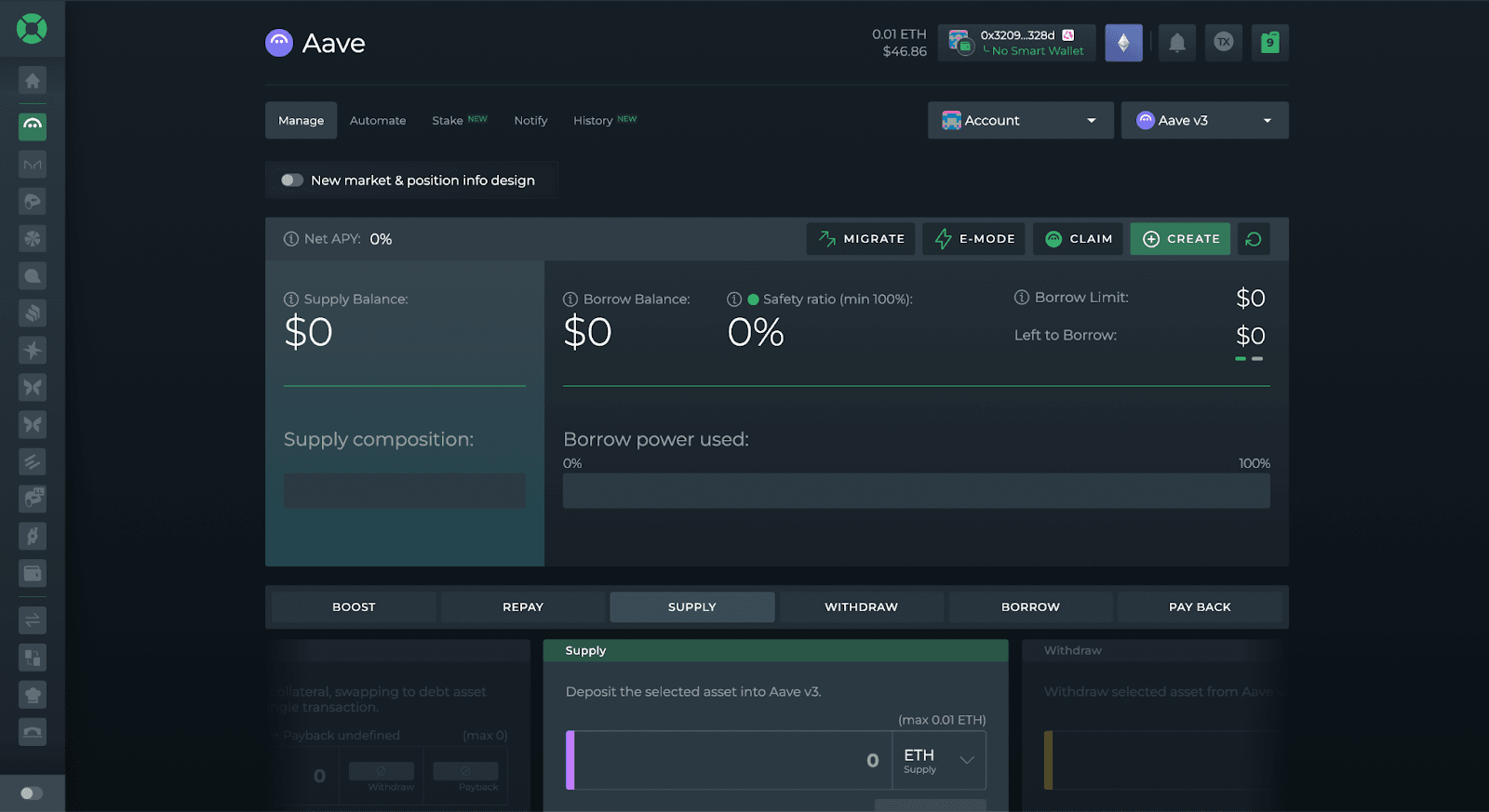
Stablecoin Savings Accounts with Staking Rewards – Provider: MoneriumMonerium provides regulated stablecoin savings accounts that integrate DeFi staking rewards. Customers can deposit euro-backed stablecoins (e.g., EURe) and earn yields by participating in on-chain staking protocols, all within a compliant, transparent framework. This service merges the security of regulated banking with the earning potential of DeFi, making passive income on stablecoins accessible to mainstream users.
Seamless Instant Crypto-to-Fiat Conversion: Revolut Leads the Charge
Revolut has carved out a leadership position among crypto neobank providers by offering instant crypto-to-fiat conversion. This feature makes it possible for users to move seamlessly between digital assets and local currencies within seconds, no more waiting hours or days for settlement or incurring multiple layers of fees. For freelancers paid in stablecoins, international travelers managing expenses across borders, or businesses hedging currency risk, this kind of flexibility is game-changing.
The Revolut app allows users to hold balances in both fiat and supported stablecoins. Conversions happen at market rates with minimal spreads, and funds can be spent instantly via debit card or withdrawn to linked bank accounts. This bridges the usability gap that has long kept crypto siloed from everyday financial life.
Stablecoin Savings Accounts With Staking Rewards: Monerium’s DeFi Onramp
The second major innovation comes from Monerium’s regulated stablecoin savings accounts, which integrate DeFi staking rewards directly into traditional-style deposits. Users can deposit EUR- or USD-backed stablecoins and earn competitive yields through vetted DeFi protocols, without having to navigate complex wallets or smart contracts themselves.
This model gives savers exposure to yield opportunities typically reserved for experienced DeFi users while maintaining familiar compliance standards. Accounts are fully transparent on-chain but accessible via simple web interfaces. Staking rewards are automatically credited to user balances at regular intervals. For many retail customers wary of direct DeFi interaction but hungry for higher returns than legacy banks offer (often still near zero), this hybrid approach is an attractive entry point.
The Competitive Edge in 2024’s Digital Banking Landscape
These two features, instant conversion from Revolut and yield-bearing savings from Monerium, exemplify why stablecoin neobanks are gaining ground over both traditional banks and older-generation fintechs. As regulations evolve to accommodate programmable money (source), expect more mainstream financial institutions to adopt similar integrations in pursuit of speed, transparency, and global reach.
What sets stablecoin neobanks apart in 2024 is their ability to combine the reliability and regulatory clarity of traditional banking with the agility and programmability of DeFi. Revolut’s instant crypto-to-fiat conversion isn’t just a technical upgrade, it’s a signal that digital assets are moving out of speculative silos and into the core of personal and business finance. By eliminating friction at the point of conversion, Revolut has made it possible for users to treat stablecoins as real, spendable money rather than digital poker chips.
Meanwhile, Monerium’s regulated stablecoin savings accounts with staking rewards are quietly redefining what it means to save in a low-yield world. For years, DeFi yields were accessible only to those comfortable navigating complex protocols and self-custody risks. Now, Monerium packages these opportunities into an interface that feels familiar to anyone who’s used online banking. This democratizes access to DeFi returns while keeping compliance front and center, a combination that will be crucial as regulators scrutinize the sector.
The Road Ahead: Trends and Risks
The success of Revolut and Monerium is already pushing competitors to accelerate their own crypto integrations. Expect new entrants in 2024 offering everything from on-chain IBANs to embedded insurance for stablecoin deposits. As major banks experiment with issuing their own G7-pegged stablecoins (source), interoperability between fiat rails and blockchain networks will become table stakes for any serious neobank.
However, this rapid innovation brings new risks. Users must scrutinize how providers manage custody, smart contract audits, and regulatory compliance, especially as yields attract risk-seeking capital. The coming year will likely see increased standardization around proof-of-reserves, third-party audits, and transparent reporting practices.
Features That Will Shape Digital Banking in 2024
Top Stablecoin Neobank Features & Providers in 2024
-
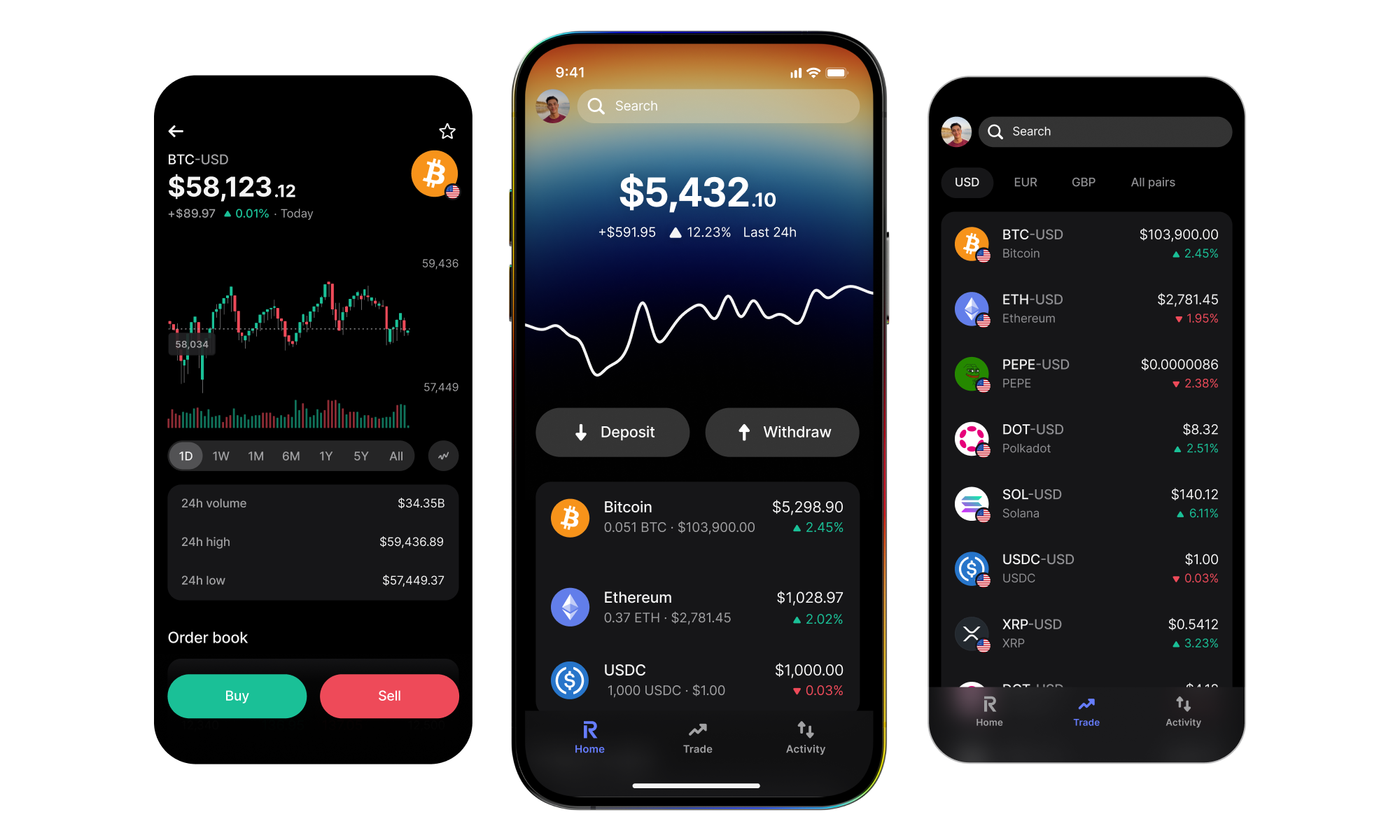
Instant Crypto-to-Fiat Conversion – Provider: RevolutRevolut enables seamless, real-time conversion between cryptocurrencies and fiat currencies directly within its app. Users can instantly swap stablecoins like USDC or USDT to euros, dollars, or pounds, and spend or withdraw globally. This feature bridges the gap between digital assets and everyday banking, making crypto as accessible as traditional money.
-
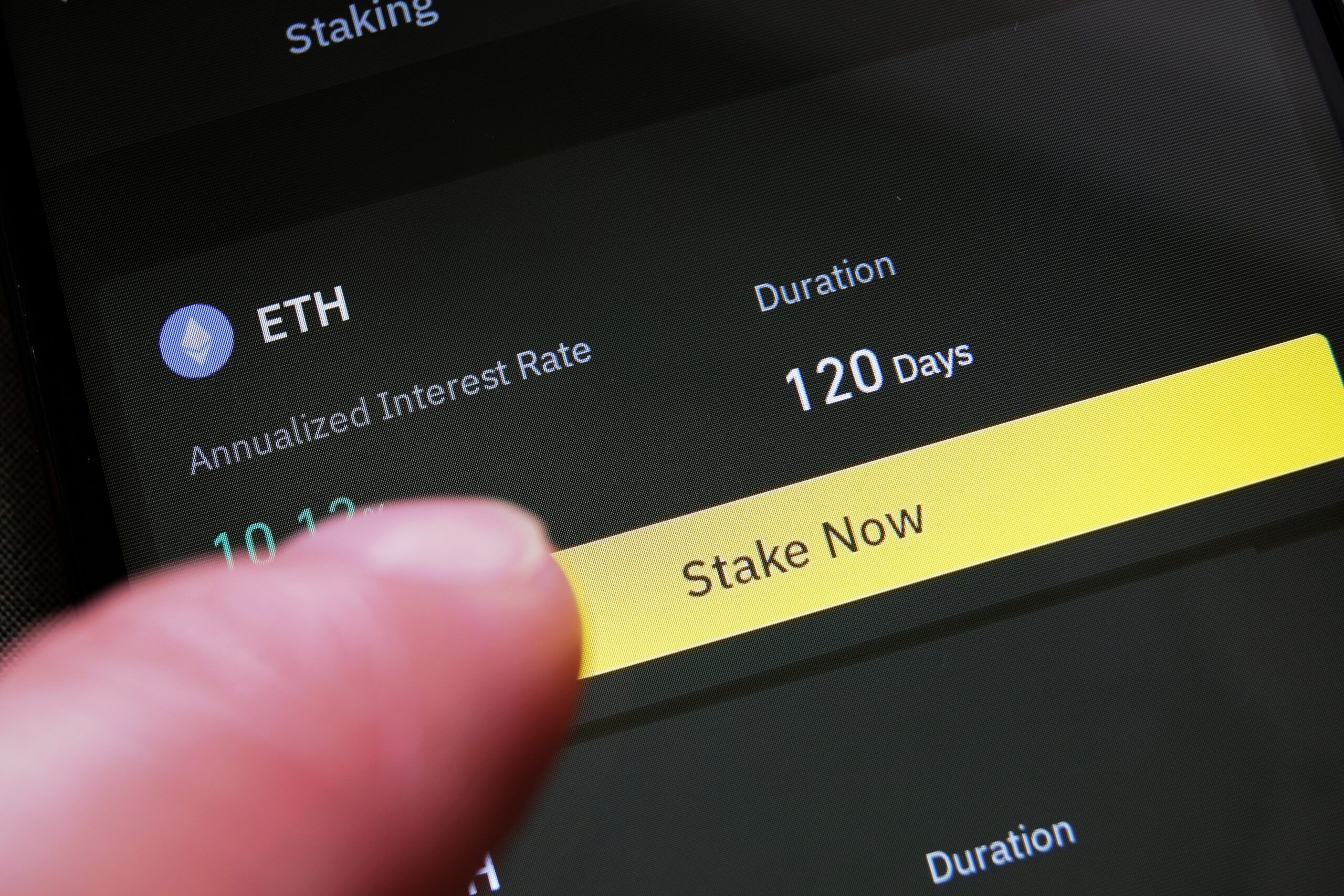
Stablecoin Savings Accounts with Staking Rewards – Provider: MoneriumMonerium offers regulated euro-denominated stablecoin accounts with the ability to earn staking rewards through integrated DeFi protocols. Users enjoy the security of a licensed financial institution while accessing yield opportunities typically found only in decentralized finance, combining compliance with innovation.
For users weighing whether to make the leap from legacy banks or even classic neobanks, these two features, instant liquidity via Revolut, yield plus safety via Monerium, should be at the top of any comparison checklist. They provide not just convenience but a fundamentally new model for how money can work: programmable, global, always-on, yet compliant with evolving regulation.
As we move further into 2024, expect continued convergence between DeFi infrastructure and regulated financial services. Stablecoin neobanks aren’t just bridging two worlds, they’re building a new one where digital assets are as usable as cash, but orders of magnitude more flexible. For pragmatic investors or businesses seeking efficiency without sacrificing oversight or access to yield, these platforms are quickly becoming indispensable tools.
